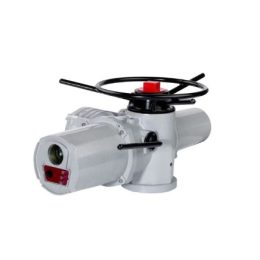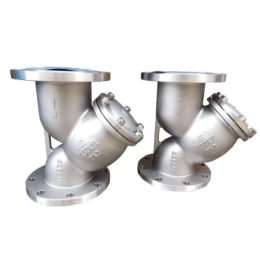The Importance of Selecting the Right Steam Trap
There are many models of steam traps, but they all work by utilizing the differences in height, temperature, and flow rate between steam and condensed water. They achieve steam trapping and drainage by opening and closing through various mechanisms.
Steam traps have three main energy-saving functions. First, they quickly discharge the condensed water generated in steam-using equipment to maintain its heating efficiency. This prevents stagnation of condensed water in the equipment, maximizes the steam space in the equipment, and maintains the highest heating efficiency.
Second, they reduce the steam consumption of the steam trap itself. Steam consumption generally refers to steam leakage, which is the sum of the amount of steam required for the action of the steam trap and heat loss.
If a steam trap fails to function fully, the performance of steam-using equipment is greatly affected due to the retention of condensate. Sometimes, production equipment is completely paralyzed.
Third, they quickly exhaust the air and low-temperature condensed water in the equipment at the beginning of the start, thereby shortening the preheating operation time. When steam is started, the steam delivery pipeline and the steam-using equipment are filled with air. If this air is not removed, the steam cannot be fed.
In addition, the initial low-temperature condensate generated during the heating of the steam delivery pipeline and the steam-using equipment should be quickly discharged so that the equipment can operate normally in a short time. This is an important condition for improving production efficiency, especially during intermittent production. By shortening the preheating time, the operation time per operation is reduced, and the output can be increased due to the increase of the number of treatments.
Before, during preheating, the bypass valve was opened to discharge the initial air and low-temperature condensate. Now, by selecting the proper steam trap, the initial air and initial low-temperature condensate can be automatically discharged, saving manpower.



